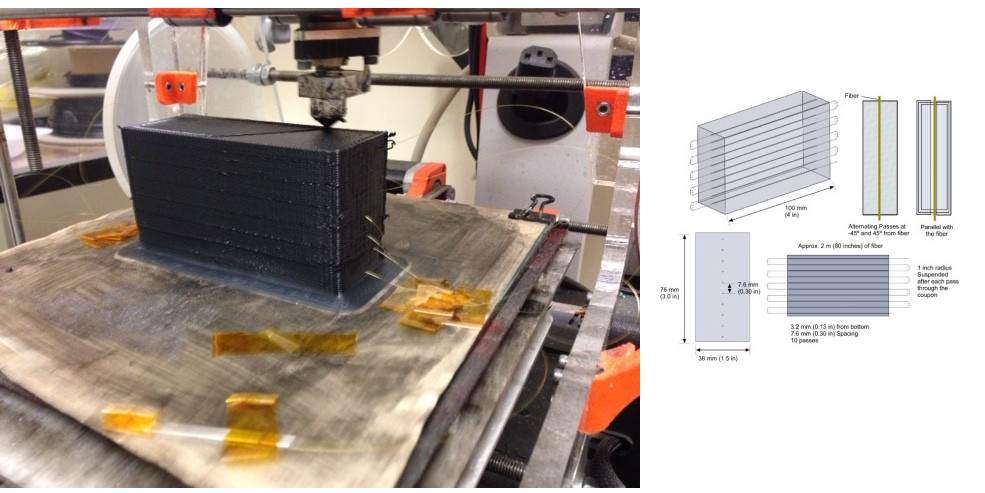It seems these days that when speaking of 3D printing, it is nearly compulsory to use the words ‘revolution’ and ‘paradigm shift.’ While it is true that 3D printing has changed much in the manufacturing landscape, with great power comes great responsibility. As an increasing number of parts both decorative and structural are created using 3D printing, the need to understand the nature of the stresses and their impacts on those parts continues to grow.
“The growing penetration of additive manufactured parts into structural components along with an ever expanding range of available materials are combining to make traditional test methods completely inadequate for validating designs of additively manufactured components. In particular is the problem of internal residual stresses that can accumulate during the buildup of material during the printing process. Residual stress can cause layer delimitation, part distortion and cracking and are a significant barrier to the wider adoption of additively manufactured parts in structural applications.”
“Residual stresses and strains accumulate in the 3D printing fabrication process during the build-up of material and can have a significant and detrimental effect on the mechanical strength of a part. These residual stresses can couple additively to stresses from external loading, resulting in unexpected or premature failure…The ODiSI high definition fiber optic sensing system when used in conjunction with this iterative process optimization can ensure parts built with additive manufacturing not only meet the design requirements, but can be built in volume production with a known and consistent process capability for critical parameters.”
“If 3D printing is truly going to revolutionize manufacturing…then paving the way will be equally revolutionary methods to test and validate these rapid advancements in 3D printing technology. The accumulation of residual strains and stresses need to be controlled in order to maintain design integrity, reliability and quality. Luna’s ODiSI system, with its ability to embed sensors and provide high definition strain measurements is the perfect solution.”
Let us know what you think of this method in the Measuring Residual Stresses forum thread over at 3DPB.com.
